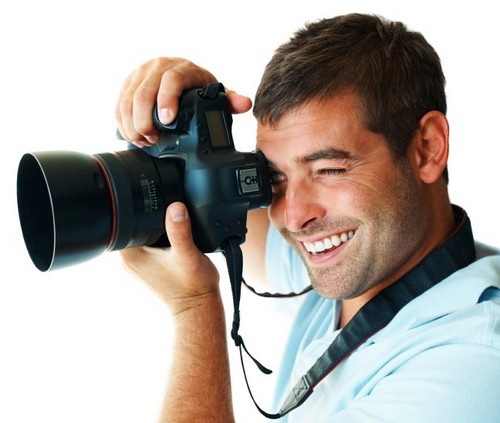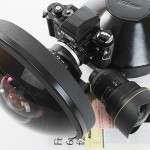
Focusing accurately is important in getting sharp photos. Photos with an offed focus is difficult or almost beyond repair.Back in the day, there was only manual focus. Manual focus are rather difficult for DSLR cameras because the viewfinder is smaller and less bright. Fortunately, there’s now auto focus in modern DSLR cameras.Even so, we must determine the proper auto-focus mode so that the resulting image is sharp and consistent.
Here are some auto-focus modes commonly encountered in DSLR cameras:
AF-S or Single Point Focus (Nikon) or One Shot (Canon)
This mode is quite simple. You select a focus point, then half-press the shutter button. The camera will lock the focus point. Even if the object you’re trying to shoot moves, the focus point remains unchanged.
This mode is specifically for stationary objects, such as sceneries, photo models, and products. Be careful in using thing mode, because if the object moves, the focus will become inaccurate.
AF-C or Continuous auto focus (Nikon) or AI Servo (Canon)
This mode is the opposite of the previous mode. When auto-focus is activated (by pressing the shutter button halfway down), the camera will follow the object’s movement. This mode is suited for sports photography, birds, and other moving objects.
The way it works more or less is the camera predicts the photo object’s movement and it then moves the focus point according to the prediction. All we need to do is to keep pressing the shutter button halfway down and follow the photo’s object.
In advanced DSLRs, this mode can usually be modified specifically depending on need and movement of the object.
AF-A or AI-Focus
This auto-focus mode is an combination of the single shot and continuous servos focus modes. If the camera detects a stationary object, then the focus will act in single shot mode; but if the camera detects a moving object, it will then automatically predict the location and follow the object.
This mode is ideal for shooting stationary objects that will soon be on the move. For objects that are not moving or is moving, it’s better to use the single shot or continuous mode rather than this one.
Selecting a Focal Point
In addition to the above auto focus modes, DSLR cameras also allow us to choose our desired focus point, or let the camera choose the focus point.
If we choose to let the camera determine the focal point for us, the camera will usually try to detect a person’s face (face detection) or select the object closest to the camera.
Manual focus
Even though we live in a digital SLR era and manual focus functions has mostly been abandoned, there are a few conditions where manual focus has to or should be used.
Manual focus is better for macro photography/ close-ups of small objects; such as insects and flowers. This is because the auto focus usually fails in detecting objects that are too close to the lens and when the object is of low contrast.
In recent years, many DSLRs have a “live view” feature, where we can directly view the objects directly on the LCD scree. We can also use the zoom button to enlarge the image on the LCD. Using this feature with a manual focus when the camera is placed on a tripod can help in producing highly accurate focused photograph.
Auto-Focusing Tips
The following are tips that might help in ensuring you always accurately focus on your objects:
1. Use the center focus point especially when you have a beginner DSLR or an older model. The center focus point is the most sensitive and accurate focus point.
2. Press the shutter button halfway down to lock focus. Then composition your photo by shifting your camera to accommodate the composition (while with the button still half-pressed).
3. Turn on the auto focus assisting lamps (AF Assist Lamp) to help in auto focusing under low lighting conditions.
4. Auto focus often fails when we are trying to focus on low-contrast objects. Therefore, look for the contrast part or the edge of the object. Then half-press and lock your focus and re-composition your photo as needed.
5. Look for a confirmation of focus in the viewfinder, usually a green circle or a green box. When it appears, this means your focus has been locked perfectly. This also applies when using manual focus.
6. Use the Live View feature to enlarge objects on the screen so you’ll end up with a highly accurate focus, but don’t forget to use a tripod when using this method.




